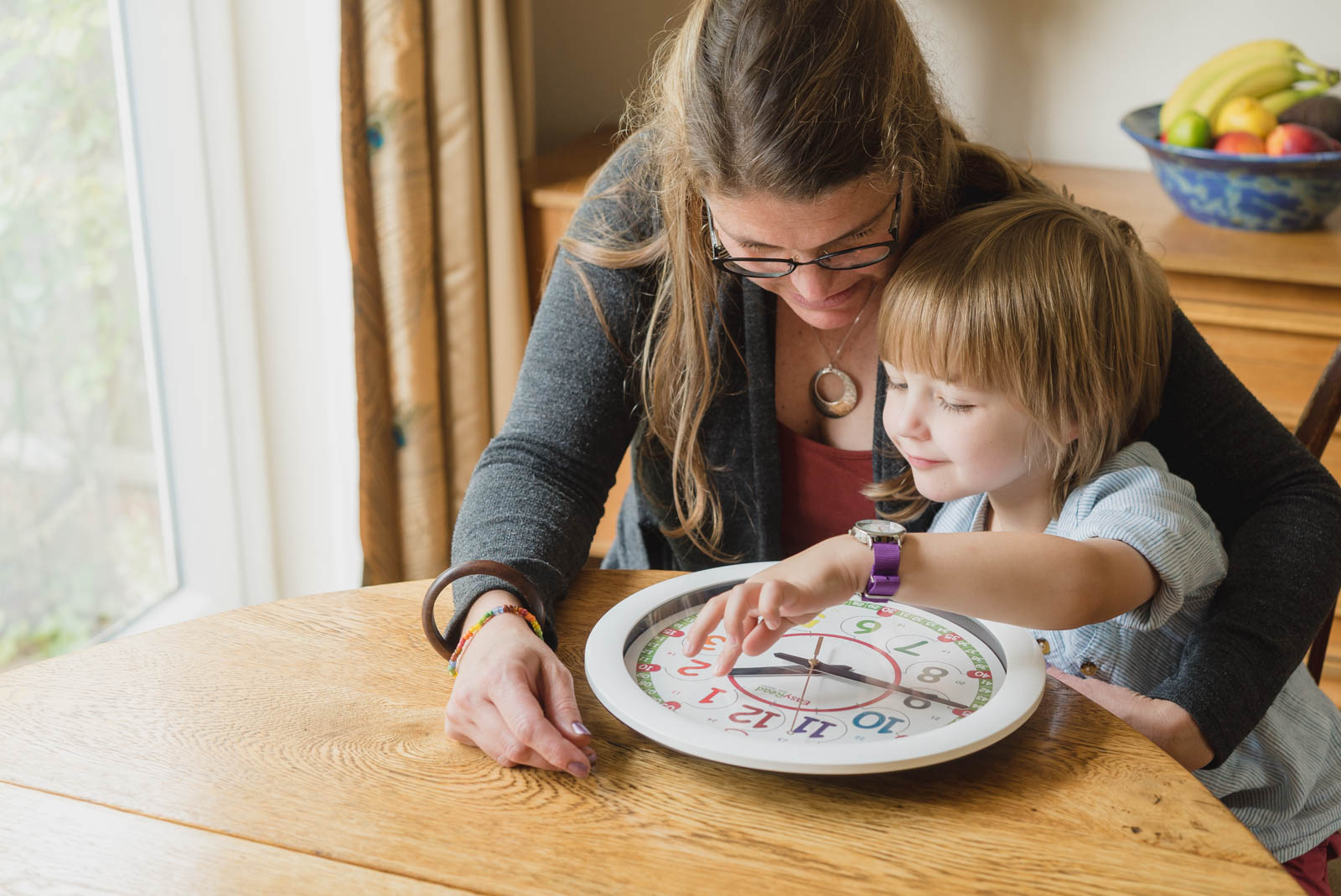Is your child learning to tell time? Follow these tips

Do you have a primary school-aged child who is learning to tell time? Learning to tell time is an important life skill, but it can also be a tricky concept to grasp for the first time. As a parent, there are several ways to support your child’s understanding of time and their time telling skills, including making the most of the time telling resources that are available. With patience, encouragement, and a few helpful activities and resources, your child will soon be able to tell the time with ease.
If you’re searching for ways to support your childs’ learning, or you are interested in learning more about the time teaching resources available, explore these key tips to support your child in learning to tell time.
Start with an analogue clock
Although digital clocks are more common than analogue clocks, and many of us rely on phones or smartwatches to tell the time, it is always advisable to start with an analogue clock. These clocks are easier for children to read and understand, and the visual rotations of the hands around the clock will ensure that they understand the passage of time. Explain how the clock works, with the hour and minute hands representing the different times of the day, and encourage them to use statements such as ‘past the hour’ and ‘to the hour’. You can opt for a large clock for the house, an alarm clock for their bedside, or a watch that they can take with them to continue practising telling the time wherever they are.
Top Tip: Choose a clock that has been designed with ease and simplicity in mind and has a clear, vibrant design to engage your child in learning.
Make telling time fun
Whilst learning to tell time in school may be dull or repetitive, learning to tell time at home can be an engaging and fun family activity. There are a range of educational activities and resources available to help your child, such as card games and worksheets. Make a game out of it by using colourful clocks and time-telling activities such as drawing the hands of a clock or setting an alarm for a certain time, and have a reward on hand for positive encouragement.
Top Tip: Search for specially designed educational resources, such as Tell The Time Cards, to support your child’s learning.
Keep it real
You can also use real-world examples, such as meal times, bedtime, or playtime to introduce the concept of telling time. Ask your child questions such as ‘what time do you go to bed’ and ask them to draw a picture of the placement of the clock’s hands, or state the time as a full sentence. Building a routine of practising these examples will support your child’s understanding of time, as well as making time a more accessible and real life concept.
Top Tip: Encourage your child to ask you similar questions, as this will develop their understanding of time and push them to think for themselves, rather than simply repeating your words back to you.
Resources
With these tips, you will be able to support your childs’ understanding of time as a concept, and develop their ability to successfully tell time.
If these top tips have convinced you to invest in some simple, engaging resources for your child, then EasyRead Time Teacher is here to help. As an online retailer of time teaching products including time teaching clocks and watches, EasyRead Time Teacher has been successfully supporting children and adults in learning to tell the time for almost 30 years. Visit their website to browse their full range of time teaching resources to support your child in learning to tell time.